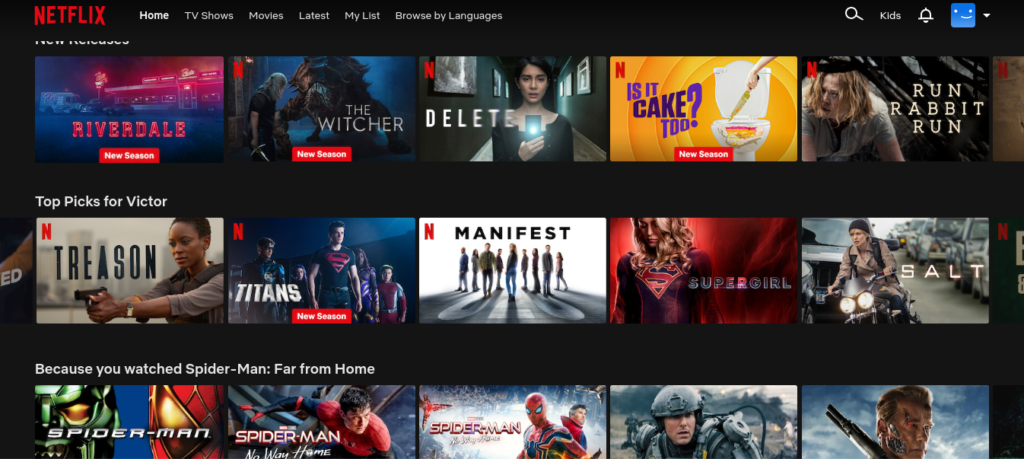The economy is affected by numerous choices we annually make: what to purchase, where to eat, products that can be suggested to friends and where to write our opinions. But what really causes these decisions? It’s not always about finding the best product or getting the lowest price. There are also some psychological aspects that define them.
Why do we choose one brand over another? Why do we sometimes buy things on impulse even though they were not in our plan? The answers lie in the subtle psychological influences that affect our decision-making. These include how we feel about a product, the opinions of others, and even our past experiences.
In this post, we will touch on such essential issues as key mental triggers affecting consumers’ purchasing decisions; ways in which marketers may apply this knowledge for better customer engagement. This understanding as a consumer can lead us into making appropriate choices while professionals would find it useful when developing marketing strategies that will be effective enough.
Example:
Amazon product page effectively uses social proof in form of customer reviews and ratings prominently highlighted. Mostly, products with higher review scores tend to have better sales potential.

Example
Think of Coca Cola’s marketing schemes. Their advertisements mostly create a sense of happiness and sharing among the audiences. The” Share a Coke” campaign is the most celebrated case which put names and some words on bottles. This fostered stronger emotional connection with customers besides increased sales volume.

Example
Nike likes releasing limited edition shoes that often get sold out fast due to scarcity value associated with them. This makes people want what they cannot easily access thus creating hype around the releases.

Example
Spotify employs effective choice architecture by providing music lovers with curated playlists and personalized daily mixes. In turn this reduces decision fatigue through suggesting songs according to users’ behavior thereby increasing user satisfaction and preventing customer churn.

Example
Marketing can have some sort of a mirror effect as seen when cosmetic shops give out free samples. When something is given for free, individuals tend to feel like they need to repay in return by buying.

Example
Netflix solves the problem of oscillation by means of its “Top Picks for You” feature, which presents a narrowed down choice based on user’s viewing history, thereby nullifying the burden of picking from thousands of options available.

These psychological prompts can be used in marketing campaigns to help manipulate consumer behaviour with greater efficiency. For example:
Connect emotionally: Use storytelling that will make people relate with your advertisements at an emotional level
Leverage social proof: Include user-generated content and testimonials into your marketing materials.
Create urgency: Employ time-limited discounts and flash sales to prompt quick decision-making
Having knowledge about the psychology behind shopping tendencies, marketers develop better tactics that attract customers. Moreover, consumers may become more conscious of factors affecting their purchasing behaviors hence evolving into prudent buyers.

© All Rights Reserved, Web Anatomy Digital Services LLP| In Association with The Mosol9